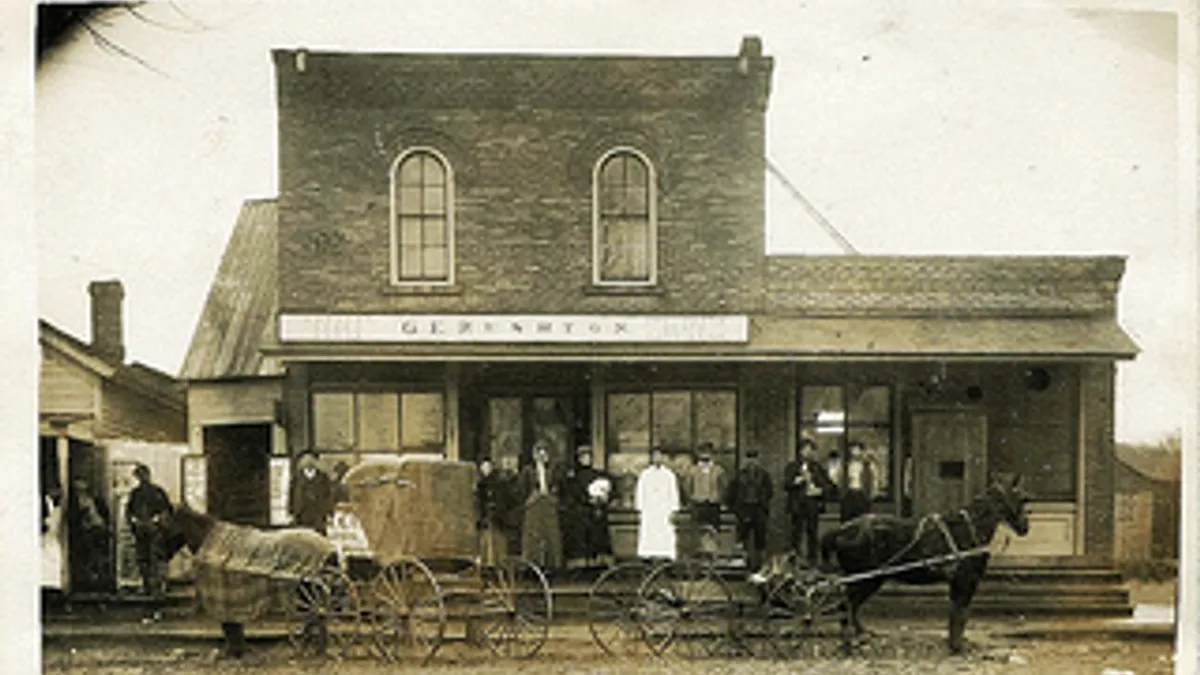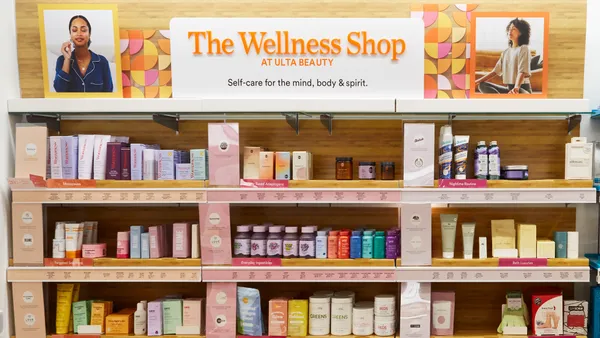A lot of experts in retail panicked a year ago when software guru and thought leader Marc Andreessen predicted the end of brick-and-mortar shopping.
“Retail guys are going to go out of business and ecommerce will become the place everyone buys,” Andreessen told PandoDaily. “You are not going to have a choice.”
But, actually, choice is exactly what the American shopper wants. That includes physical stores.
Let’s get a few things out of the way: Andreessen is a software genius, not necessarily a retail one. And the e-commerce retail site shoedazzle.com, in which he has invested heavily and held up as an example of how online retail enjoys easy turnaround opportunities compared to brick and mortar, is struggling.
Retail brick-and-mortar is not going away. It's changing. Consumers want physical stores to be a part of their array of shopping options, and that holds true for younger shoppers. It’s not just old-timey retailers clinging to brick and mortar either; successful, sprightly e-retailers are opting to open physical stores, too. The key is to pay attention to the consumer’s experience and to changing demographics, something that retail has always done, and to optimize all channels so they work for each other.
Changing demographics means some retail must move downtown.
The latest United States Census found that America's urban population increased 12.1% from 2000 to 2010, outpacing the overall growth rate of 9.7% in that time. The $3-plus price for a gallon of gasoline that sprouted during President George W. Bush’s tenure was thought to be a passing casualty of the Iraq War, but prices have remained high. These high transportation costs make urban areas with public transit more appealing to many Americans, with more young people opting to live, and continue living, in cities.
This trend is leading big-box stores run by Wal-Mart Stores Inc. and Target Corporation to reverse their tendency to invest in property located in far-flung areas of communities. They are instead also developing smaller stores in more urban areas.
Although Urban Outfitters can be found in malls, the clothing retailer is investing heavily in its approach to an overall funky customer experience, transforming unique downtown spaces in several cities for its own purposes.
For retailers to find success in more urban areas, some work must be done by city planners, too, who have been slow to figure out how to compete against the suburban mall. But many are working hard to entice retailers to their city centers, even taking some cues from mall design.
Mall development once interrupted downtown retail; now downtown retail, along with e-commerce, is disrupting mall traffic. There seems to be room for it all.
Stores must offer consumers an attentive, entertaining shopping experience.
By far the most retail dollars are still spent at brick-and-mortar stores, and shoppers are happy in them. There are many reasons for that. Customers still find that the instant gratification of in-store shopping beats even next-day delivery. Being in a store means being able to touch, feel, and try on merchandise. And shopping with friends and interacting with store employees — at least attentive, friendly ones — is a human connection that consumers still seek for enjoyment.
For any retailer, including e-commerce retailers eyeing physical spaces, brick-and-mortar offers a unique opportunity to leverage its brand. Sure, they're doing it with the help of mobile commerce and e-commerce channels and apps, but they're still doing it.
Successful, even hot e-retailers like Warby Parker and Bonobos have expanded their retail reach by opening physical stores or partnering with department stores. Both see them as critical to offering customers shopping options across all channels. Apple Inc. is a stellar example of a well-performing physical retailer experiencing success as it eschews discounts in favor of superb customer service and careful attention to store design. And pop-ups provide retail sites like Etsy, Baublebar and an endless number of smaller retailers with the opportunity to play in the physical-store world.
This is not the era of the death of the physical retailer, but of its evolution. Consumers expect a truly omni-channel set of options, and physical stores are a part of that. What that means for the industry will differ for different retailers and different locations. As innovative shopping center developer Rick Caruso has said: ““Embrace your advantage, which is disruptive to the technology that thinks it is so disruptive to you.”
Would you like to see more retail news like this in your inbox on a daily basis? Subscribe to our Retail Dive email newsletter! You may also want to read Retail Dive's look at four areas where retail is thriving.















